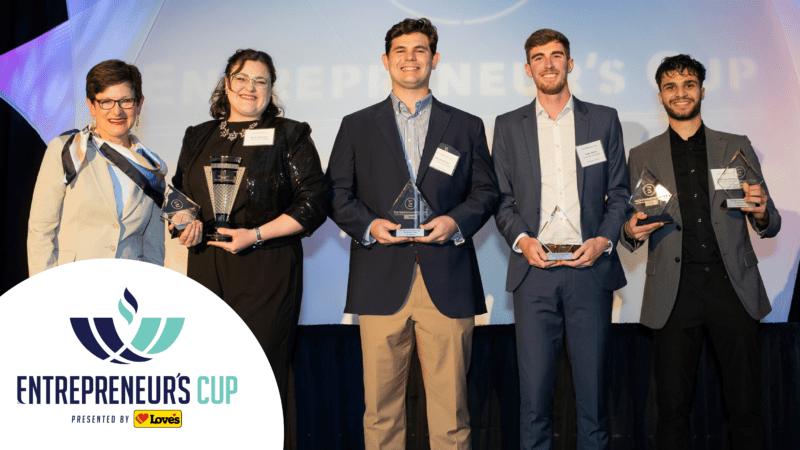By Jim Stafford
Copyright © 2015 The Oklahoma Publishing Company
My mother adored “Dr. Kildare.” In the mid-1960s it was, as they say, appointment television viewing in our house.
I think it had to do more with the appeal of Richard Chamberlain and less with the medical cases he solved on a weekly basis.
Millions of viewers across the country watched “Dr. Kildare” regularly, and later watched “Marcus Welby, M.D.,” and “Medical Center.”
While those medical shows kept me planted in front of the TV instead of doing homework, others found inspiration for a medical career later in life.

Dr. Courtney Houchen grew up watching the same shows in Brooklyn., N.Y.
Houchen eventually became chief of gastroenterology at the University of Oklahoma and founder of COARE Biotechnology, an Oklahoma City-based company built around a new way to approach pancreatic cancer.
“I was inspired to be a doctor based on those TV shows,” Houchen told me on a recent visit to his office at the University of Oklahoma Health Sciences Center.
“I thought it would be a great profession.”
Houchen graduated from public school in Brooklyn and went on to earn an undergraduate zoology degree from Howard University and a master’s degree in cell biology from Atlanta University before earning an M.D. at Temple University. He began doing research at Temple and has pursued it ever since.
As an OU Department of Medicine researcher, Houchen has recently received an National Institutes of Health/National Cancer Institute RO1 grant of $1.8 million to support ongoing research in his laboratories.
RO1 grants are considered the “gold standard” in NIH funding. Houchen also recently received an NIH/NCI R21 grant of $350,000 to develop new therapeutic agents against pancreatic cancer.
And COARE has had recent success from the Small Business Innovation Research Program receiving back-to-back Phase 1 grants worth about $425,000 to explore new ways to combat one of the most lethal of diseases. The company also received a third SBIR grant earlier. Less than 20 percent of all SBIR grant applications nationwide were funded in 2014.
“Our research is based on identifying a protein that we think is the center of starting the tumor and causing the tumor to spread,” Houchen said.
“Our research is focused on blocking the activity of this protein in these cells, termed tumor stem cells. These cells make up a small population of the tumor itself but are often resistant to traditional therapy and are difficult to identify and likely responsible for recurrence.”
COARE’s SBIR grant applications were supported by the Oklahoma SBIR Collaborative Resources program, managed by a consortium of Oklahoma entities, including the Oklahoma Center for the Advancement of Science and Technology and i2E Inc.
The OSCR program provides financial support and a review process from veteran SBIR participants before the application is submitted.
Founded in 2010, COARE, which is working in animal and cell line models, employs seven people, while another six are employed in Houchen’s OU laboratories.
Pancreatic cancer is so aggressive that less than 6 percent of pancreatic cancer patients survive for five years or more.
“Pancreatic cancer is a very tough disease,” Houchen said.
“However, there are many researchers, including us, who are looking at new ways to approach pancreatic cancer in hopes of improving overall survival rates.”
Jim Stafford writes about the state’s life sciences industry on behalf of the Oklahoma Bioscience Association.








